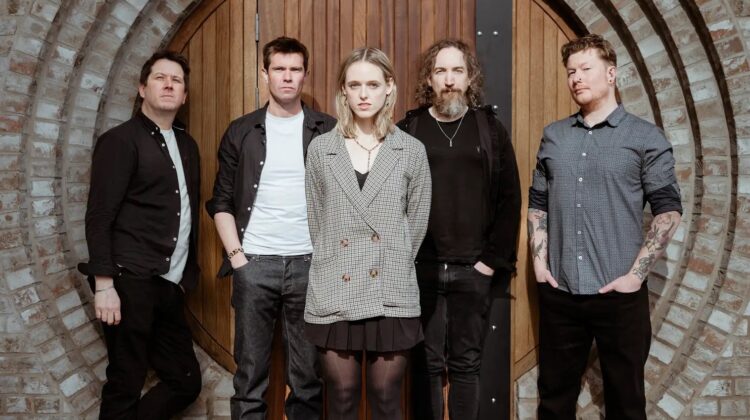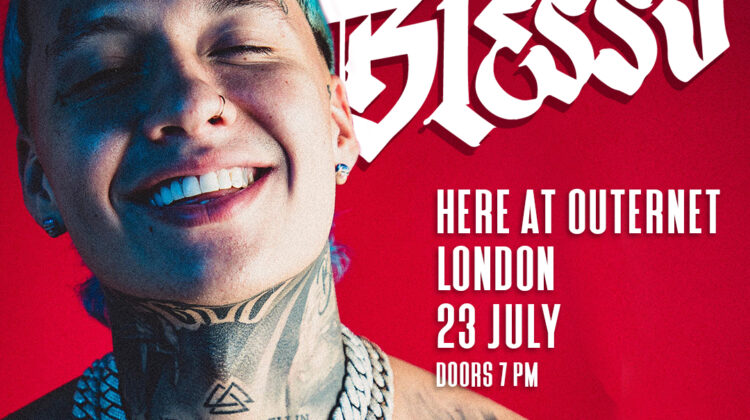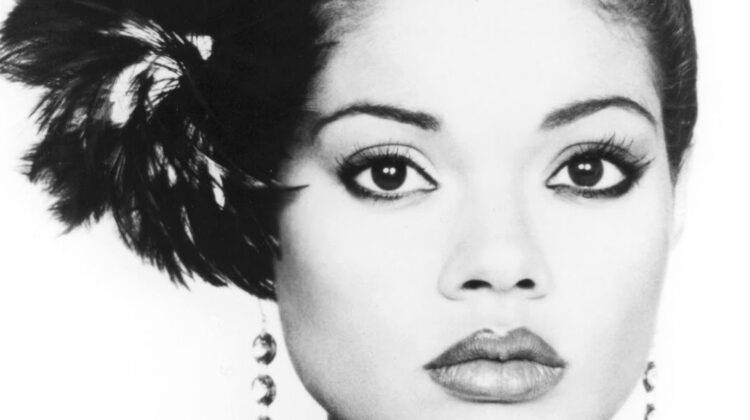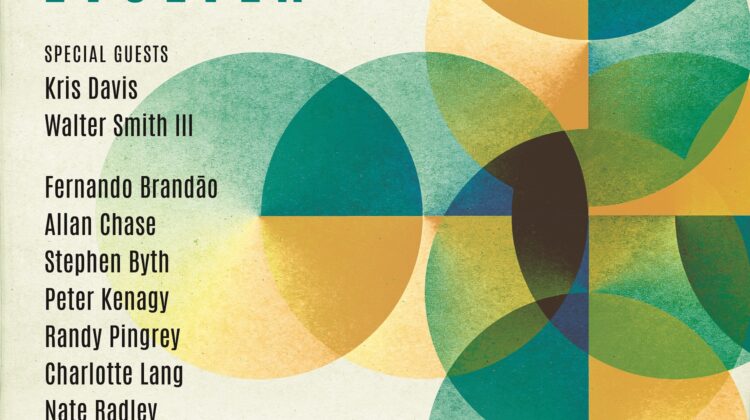by Josh Grossman
Oof. Having colleagues keenly interested in corrupting me (you know who you are) may be fun, but on this particular morning it’s meaning a bit of a slower start…
Day three of the festival was the fullest yet, and it got started on a powerful note. We invited students from the Regent Park School of Music’s jazz ensemble down to the Hyatt on King to have a meet-and-greet with Randy Weston. Over the session’s 45 minutes the veteran artist spoke passionately about music, nature, spirituality and more – I found it incredibly moving. I don’t think I can accurately (or adequately) reproduce here the content and sentiment he delivered, but a couple of points stood out for me, both having to do with the importance of history. He told the story of having a bird land nearby and start singing what sounded like his well-known tune “Hi-Fly”. He turned to the bird and said, “Bird, your singing my song!” The bird, he says, responded, “I’m a lot older than you…”, reinforcing the idea that though Randy may have put the tune to paper, the music has existed for much longer, and also that, as Randy said yesterday, “Mother Nature is the original composer.”
It was his discussion about the roots of jazz that I also found moving. He reminded us (three students, a parent or two, three members of the School’s staff, and three of our publicity team) that the music we play now started out as a survival mechanism – a way to raise spirits in the face of adversity. Whether that meant the adversity of slavery, the chain gang, segregation, war…this music was a vital outlet for the performing musicians and their communities. When Randy spoke about Count Basie, or Duke Ellington, or Billie Holiday, he did so with the greatest of reverence, saying “This is our royalty.” A comment, certainly, on their outstanding talent, but also a testament, Randy suggested, to the time during which they ascended to the peaks of their careers: a time of poverty (the Great Depression) and racial segregation. To hear Randy Weston – whom some might put in a similar category as the Count, the Duke or Lady Day – talk about his musical predecessors with such deep respect reminded me that I need to always remember the history of this music, and always be open to the larger context in which music is created. My impression is that everyone in the room was similarly moved, and it was a pleasure to have a couple of the students attend Randy’s concert last evening.
Okay – it was important to me to get that on “paper”, but it means that I’m going to have to be especially succinct now in recapping the rest of the day’s activities. (Which, as you may have noticed, is not necessarily my strong point. As someone once said – why say one thing when you can say everything?)
The Lunchtime Concert featured Bernie Senensky & The Moe Koffman Tribute Band, and the six-piece ensemble (Bernie on piano along with Bill McBirnie on flute, Darryl Orr on alto sax, Reg Schwager on guitar, Neil Swainson on bass and Barry Elmes on drums) performed a wonderful celebration of Moe’s music. Each musician shone; Bernie’s fingers were flying, Darryl stepped into a potentially intimidating chair in fine fashion, and Bill was simply virtuosic. A special treat was having Moe’s wife Gisele in the audience.
My next stop was the Imperial Pub to introduce the Jazz for the Teach session. It’s the second year we’re trying the program – an afternoon clinic geared towards teachers seeking to hone their jazz teaching skills – and response was good this time around. I couldn’t stay for long, but got to hear session leaders Shirantha Beddage and Christine Duncan, along with their guest musicians, play through “Beautiful Love”. I trust that all went well – Shirantha and Christine are two of Toronto’s top educators.
From the Imperial Pub I headed back to Metro Square, where I caught the end of an entertaining Ken Page Memorial Trust workshop – Jim Galloway interviewing Bernie Senensky about Bernie’s experiences in jazz. The small tent was overflowing, and we were in for a treat – the workshop closed off with Bernie sitting at the Clavinova and playing a tune.
I had a bit of a break so went on a nice stroll in search of a good Americano (and ended up at Dark Horse Espresso, Spadina north of Queen, for a very good Americano indeed…); on the way back I passed by the TIFF Bell Lightbox, where the evening’s IIFA festivities were just getting underway – a steady stream of cars was unloading Bollywood’s biggest stars to the screams of delighted fans. It was fun to sense the excitement in the crowd. It got me thinking – could we get back to a time when jazz musicians were given a similar reception? (Or do I just wish that I had a red carpet to walk on?)
Mike Murley’s Septet took the stage for the Afterwork concert at 5:30, and they wasted no time in getting the audience fired up. Mike (tenor sax) was joined by Tara Davidson (alto sax), Kevin Turcotte (trumpet), Terry Promane (trombone), David Braid (piano), Jim Vivian (bass) and Ted Warren (drums) – kind of a Canadian jazz supergroup. They were playing music from their recently-released CD, and though I couldn’t stay long, it was clear to me that it was going to be a good set.
Off to Glenn Gould Studio was I, to catch some of Randy Weston’s solo piano show. He is certainly a presence on stage – at six-foot-eight, he can get from one end of the piano to the other perhaps easier than most. His goal for the evening was to take the audience on a journey through the history of jazz, and in the set of tunes I heard was music by Duke Ellington, Dizzy Gillespie and Fats Waller, all played with Randy’s romping pianistic style. His playing reminded my a bit of Thelonious Monk – somewhat angular, suddenly moving from single-note lines to full-on, two-handed chords – and he made use of the full range of the piano, from thundering bass notes to the very top notes. It was an honour to see and hear him play.
From one veteran to the next – I caught the first bit of Mose Allison’s set at the Enwave Theatre. Mose was playing in a trio setting with local musicians Neil Swainson (bass) and John Sumner (drums). I had never heard him live, so it was a treat to get to do so last night. There was the occasional fumble, but overall Mose did what Mose does best – deliver his witty lyrics with his southern drawl which, to me, sounded as good as ever. (A colleague later described Mose’s playing as “Free-form piano playing”; Mose last night reminded me a bit of Johnny Cash in that way…) And, as I’ve mentioned in previous posts, it’s always nice to see local musicians playing with jazz greats.
The Music Gallery was the next stop on my jazz time travels, where Danish/Swedish supergroup Atomic demonstrated why they have earned such acclaim, and why they are helping to move the music forward. Creative melodies, powerful soloing – both structured and free – and an excellent group dynamic. Fredrik Ljungkvist (reeds), Magnus Broo (trumpet), Håvard Wiik (piano), Ingebrigt Håker Flaten (bass) and Paal Nilssen-Love (drums) were on fire from the get-go, and their show was a great way to kick off The Incubator series. I encourage you to check out this series for a musical adventure…
My final stop of the night was the Mainstage tent where local Juno Award-winning DJ Dubmatix was onstage getting the audience warmed up for the evening’s festivities. After a brief intermission the headliners – the Spanish Harlem Orchestra – took the stage. During their set they revealed that they had taken a red-eye flight from San Diego the night before in order to make the gig (they were a last-minute replacement here for Youssou N’Dour), but if they were suffering at all from lack of sleep it didn’t show. This was by far one of the most exciting concerts I’ve seen – authentic salsa music with five horns, percussion and three outstanding vocalists. The group had the audience dancing off and on throughout the night (I danced too…off to the side…no one really needs to see that…), and a strong contingent from Toronto’s Cuban community was in the crowd. For the final number, the band invited to the stage Luis Orbegoso, one of Toronto’s best Latin percussionists; it was a true party.
I feel as though day three of the festival was imbued with music rooted in the past, present and future – a very satisfying mix. Today is one of the festival’s busiest days…here’s what I’ve got on tap:










